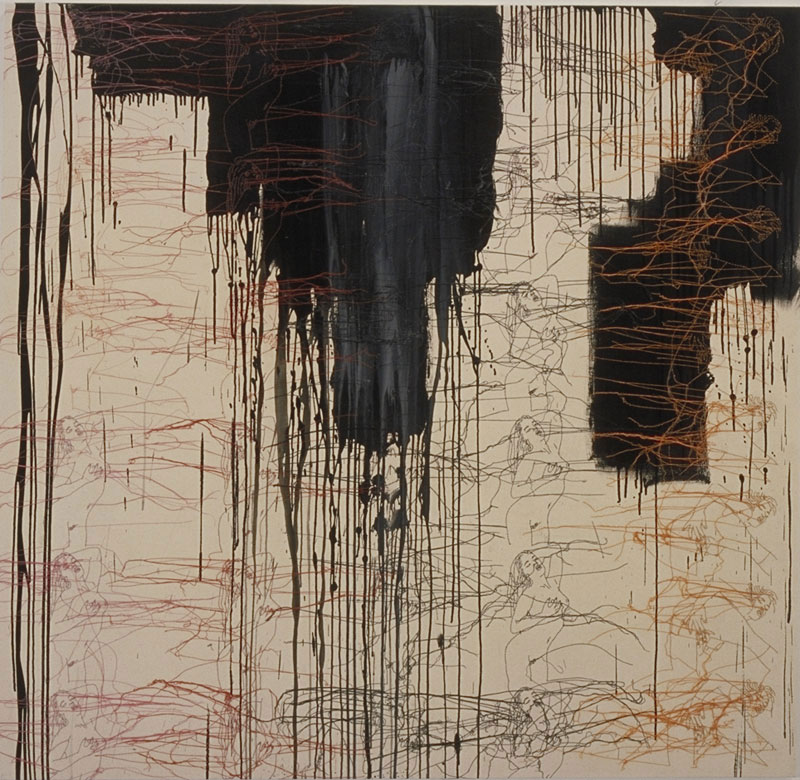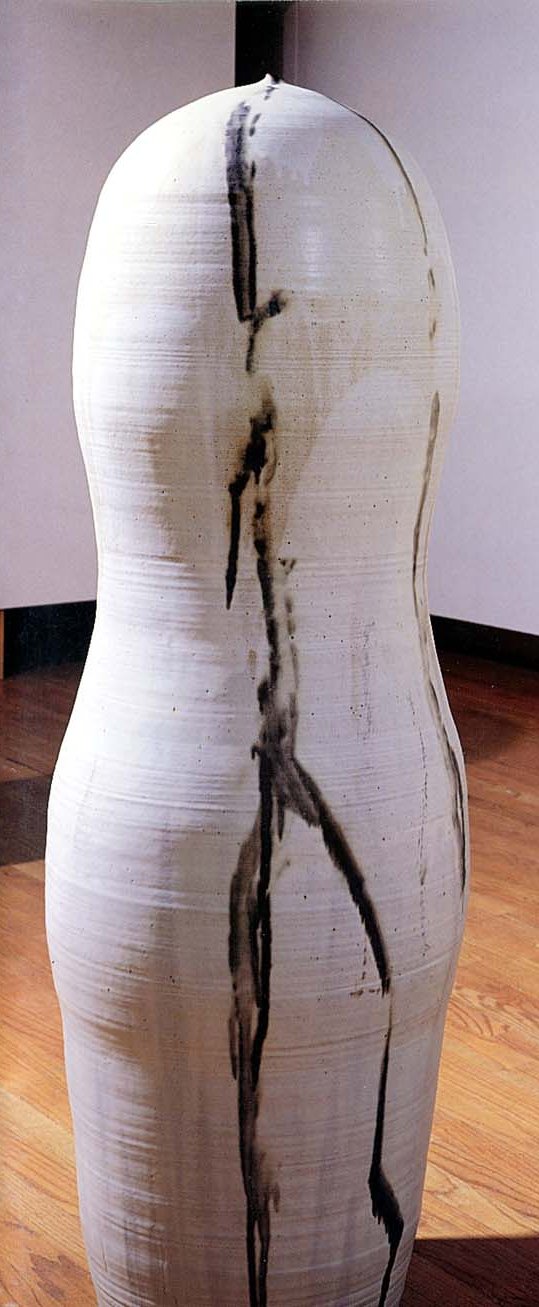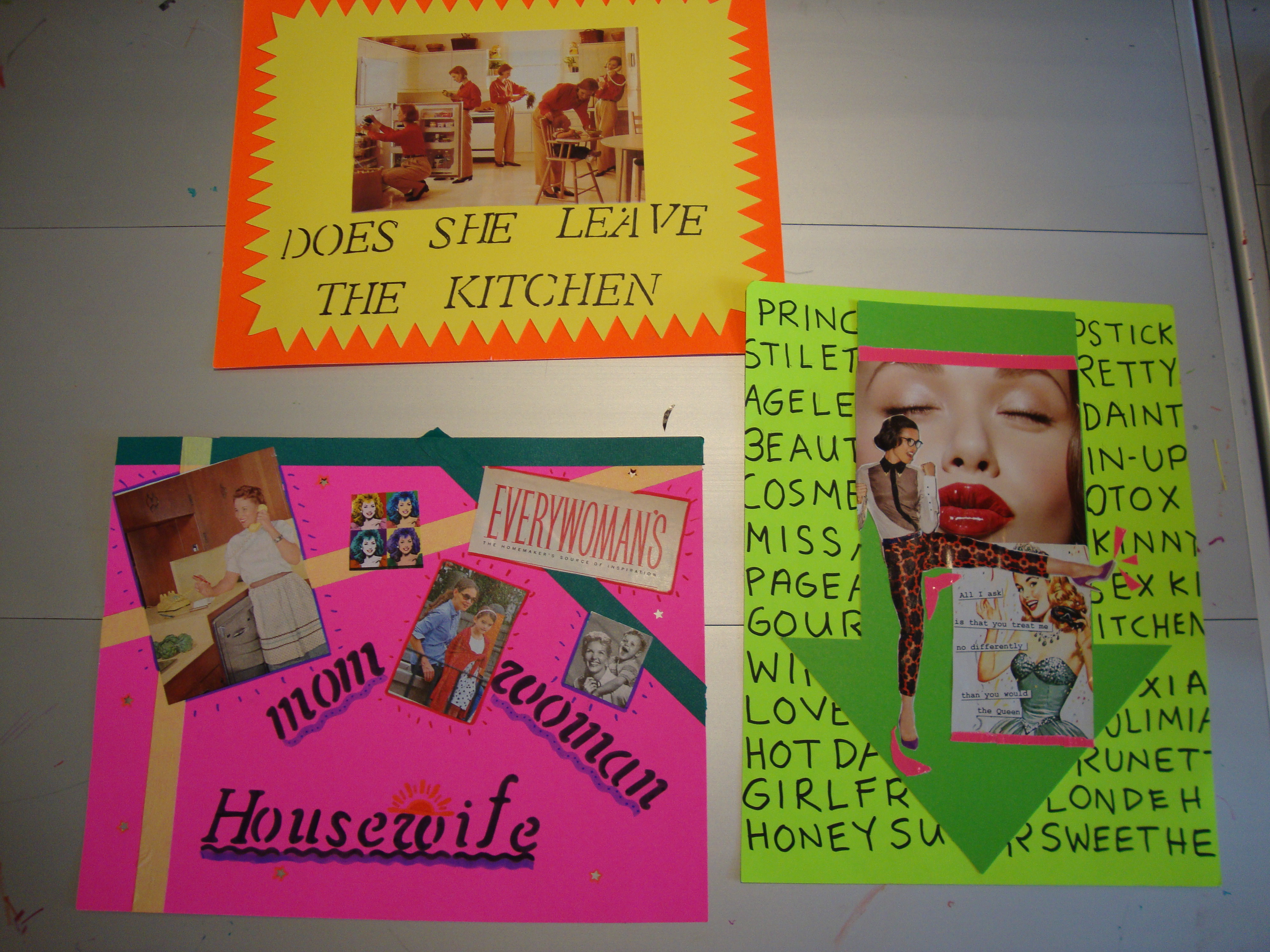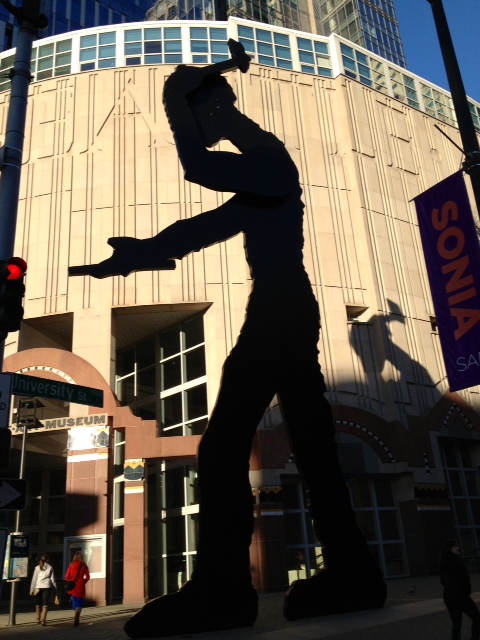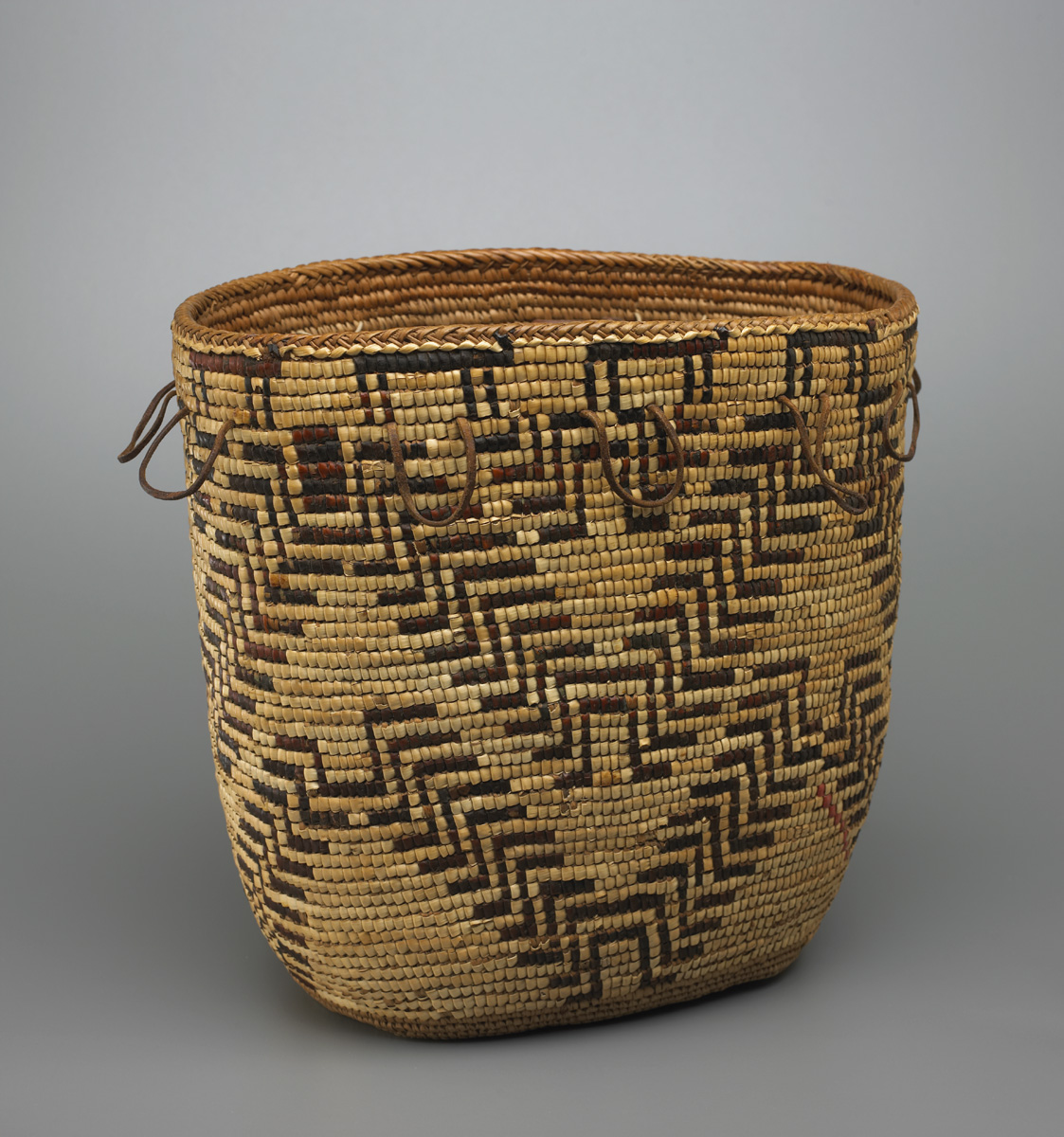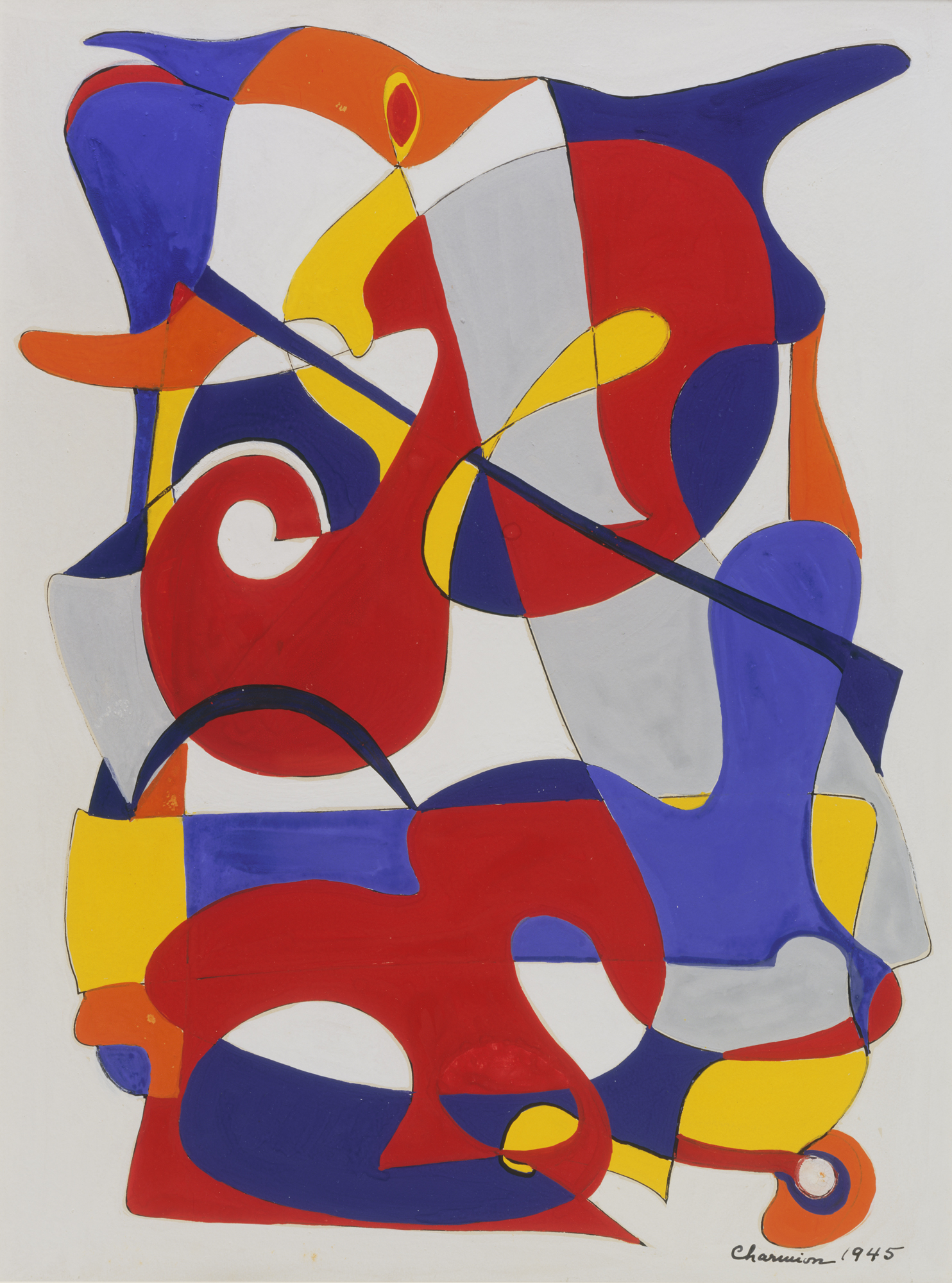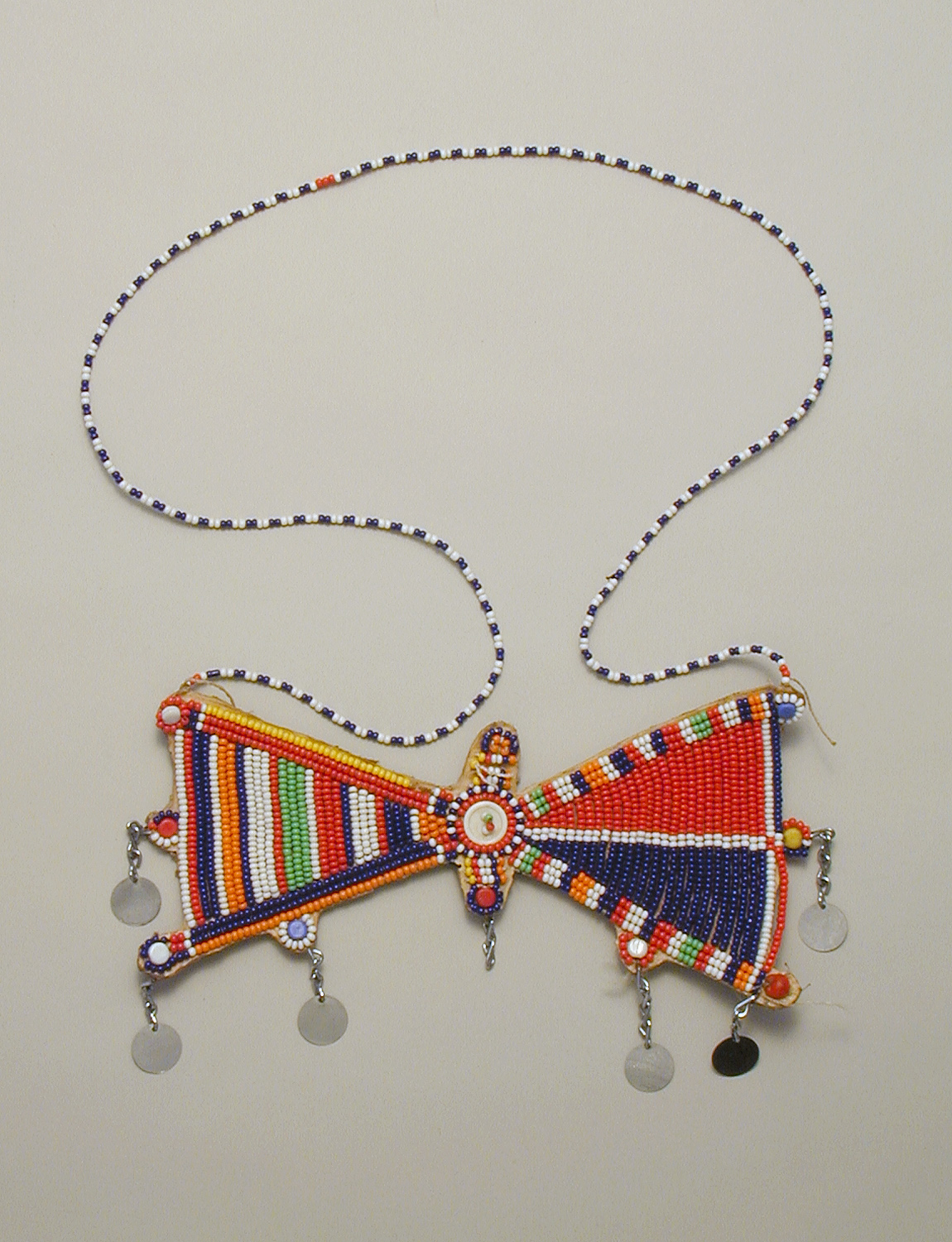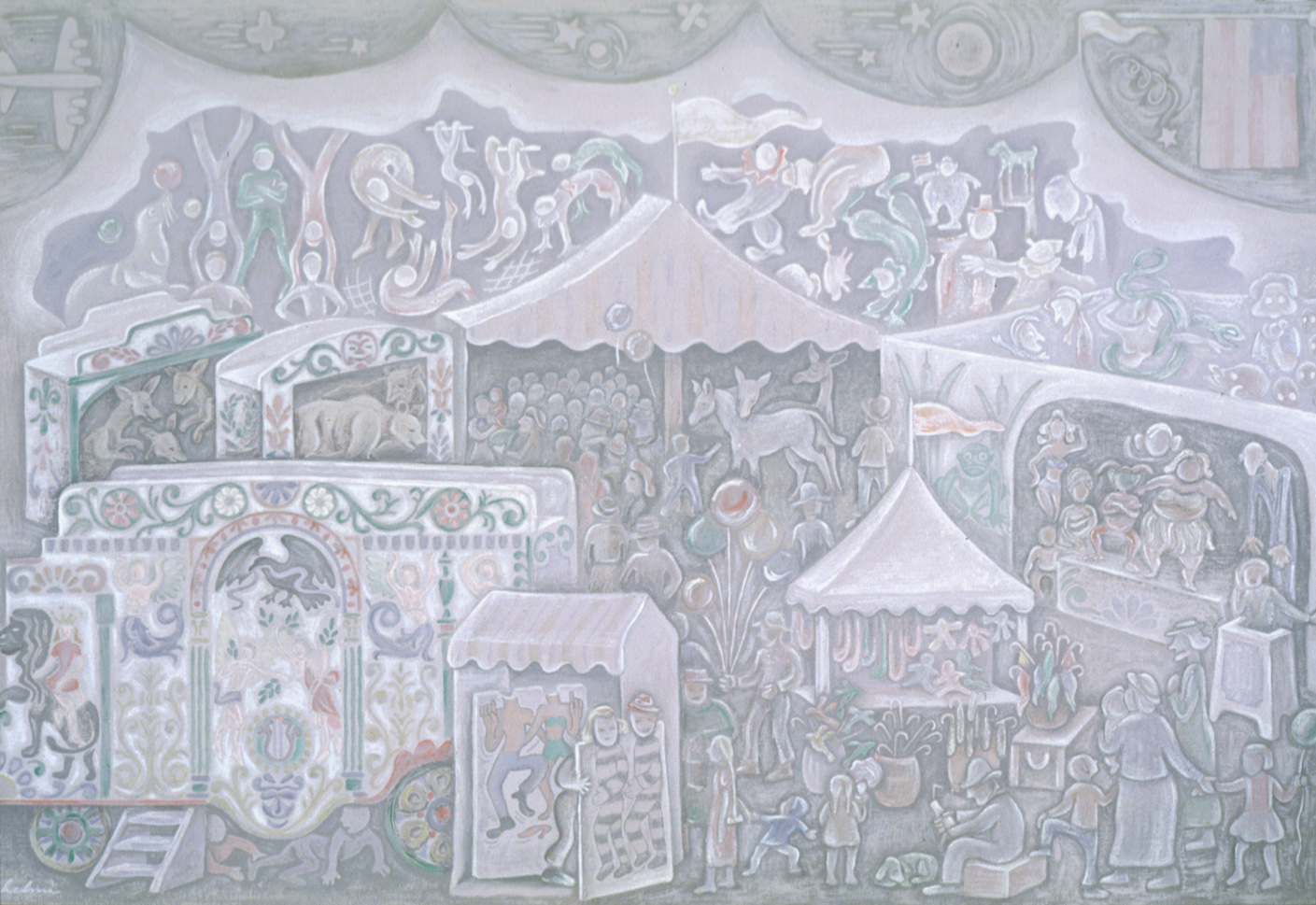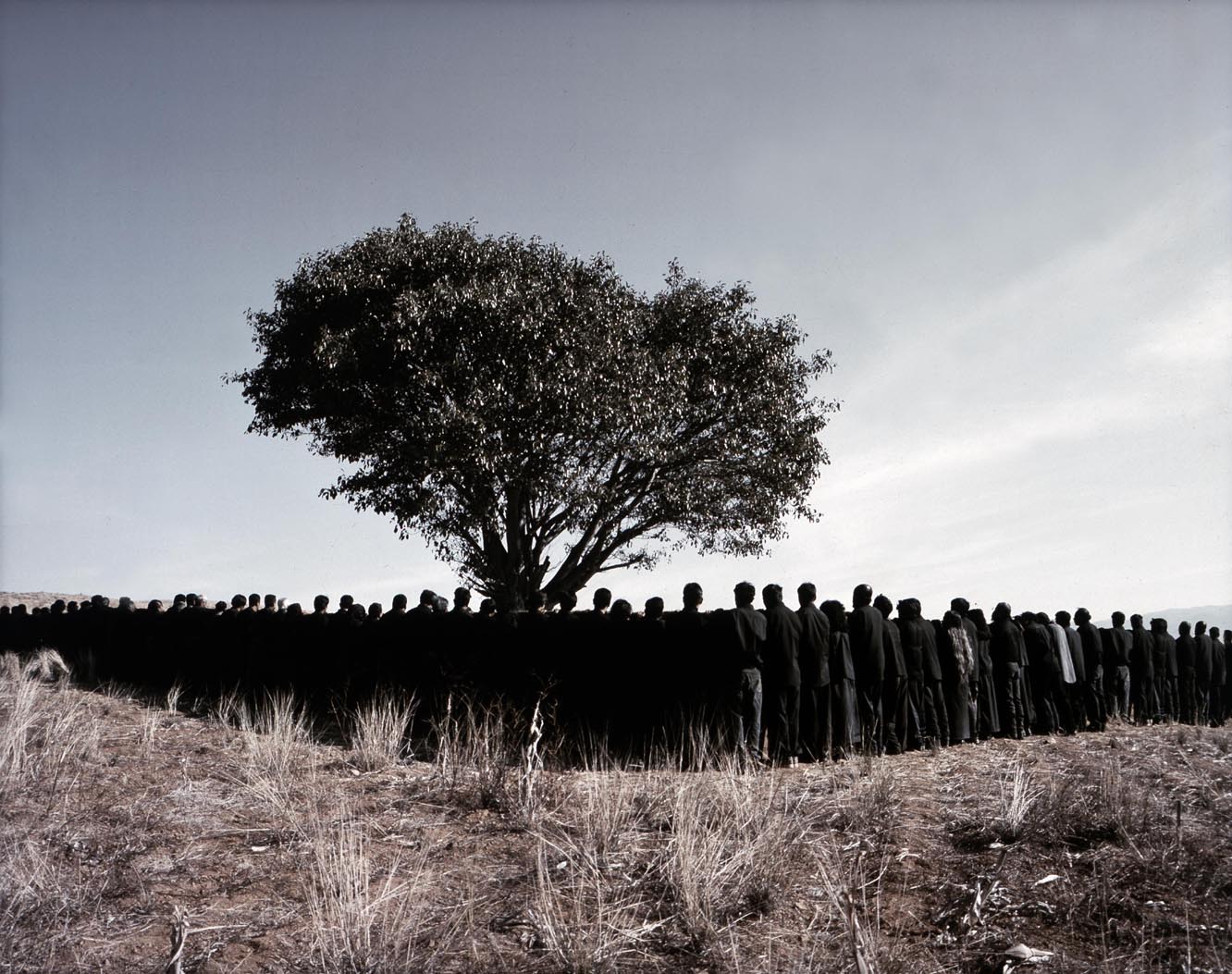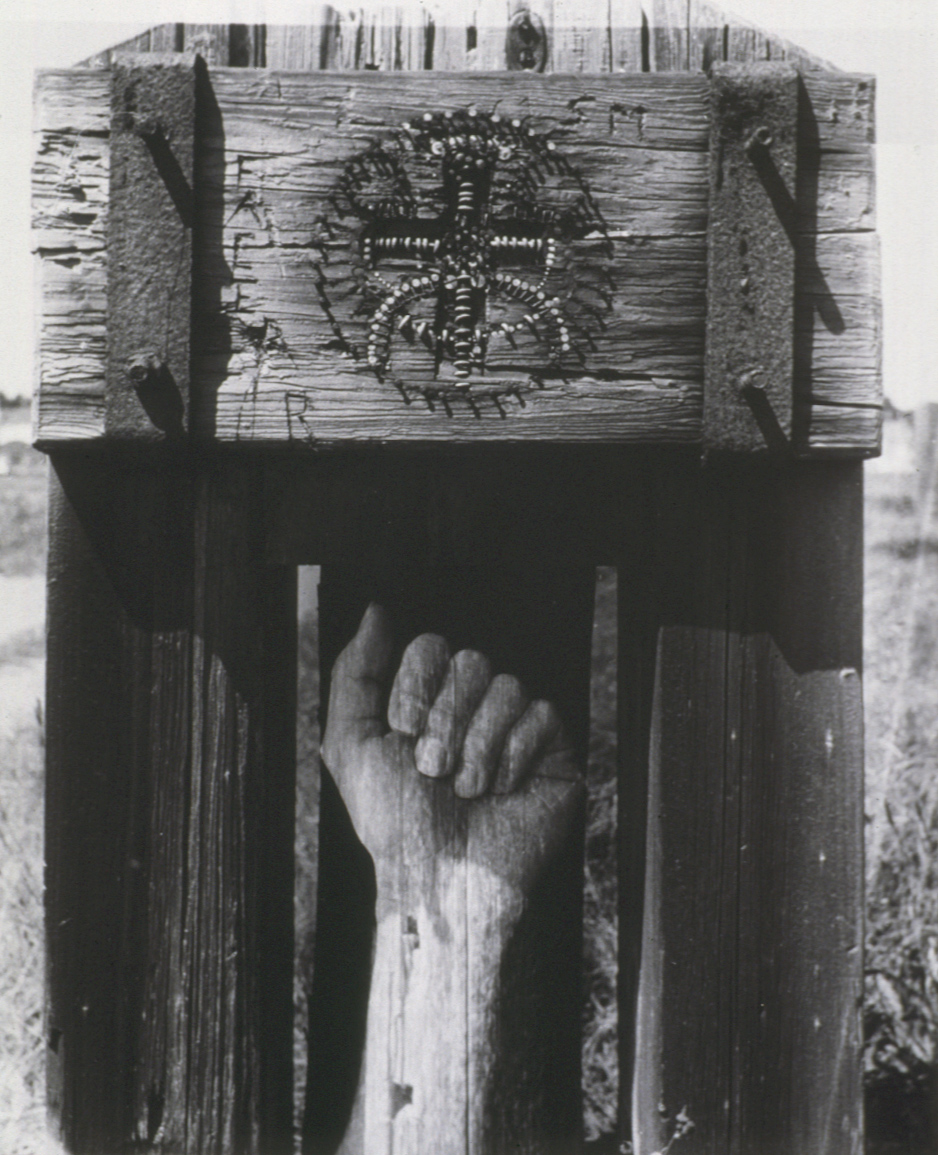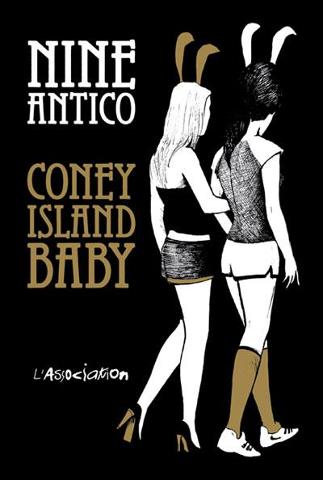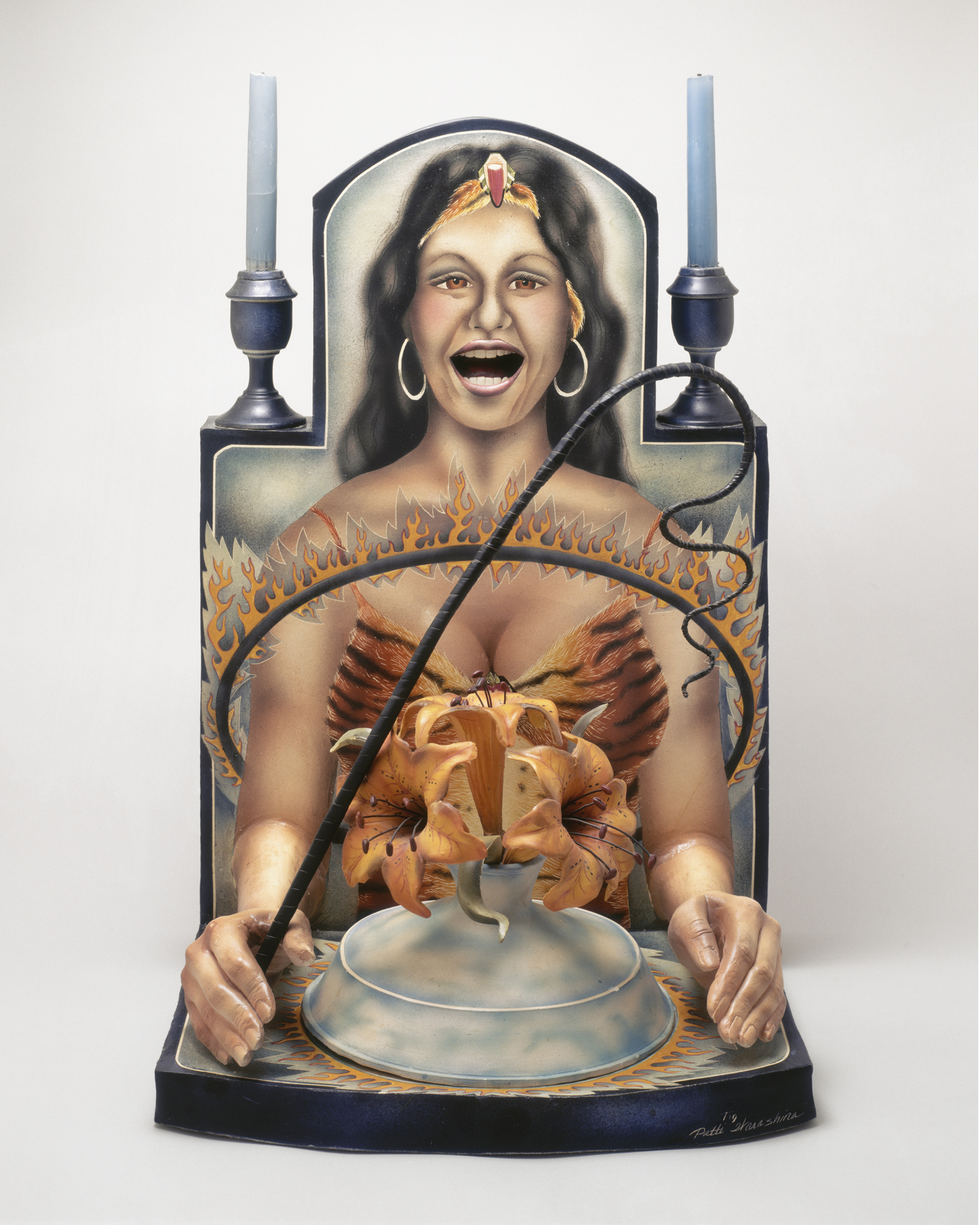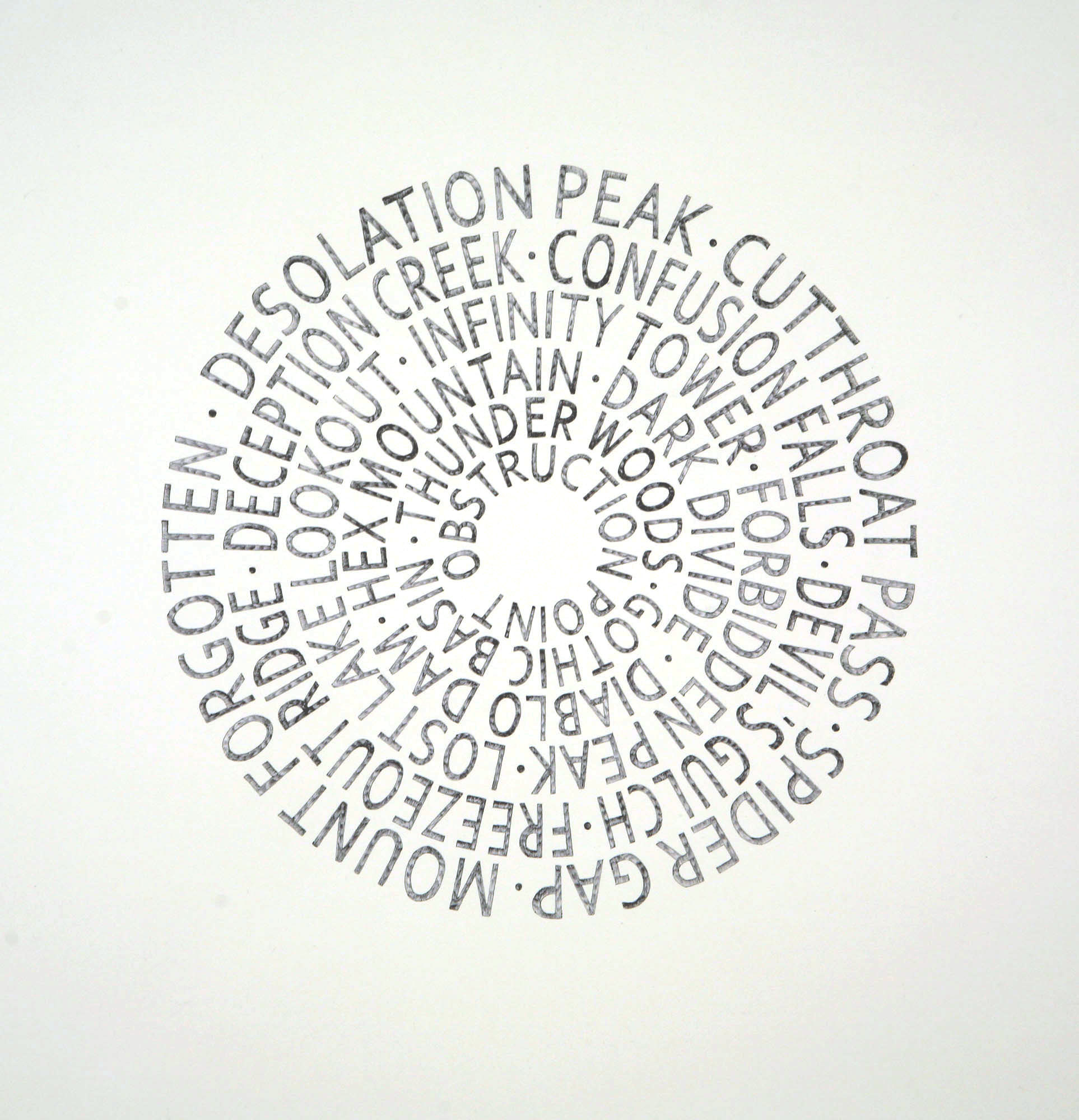With this week’s My Favorite Things: Highly Opinionated Public Tours at SAM Downtown two local athletes will be giving tours in conjunction with Elles: Women Artists from the Centre Pompidou, Paris. Katie Hultin, goal keeper for the Seattle Sounders, and Parisa Asgharzadeh, of the local Seattle Breakers Women Rugby Team, will each be taking the reins of tour guide beginning at 6:30 and 6:45 PM respectively. As athletes take over the galleries, the way physical activity is shared by athletes and artists alike came to mind.
In 1992, the Seattle Arts Commission installed what is arguably the city’s most iconic piece of public sculpture. Jonathan Borofsky’s Hamming Man is known by practically everyone who is familiar with SAM. Tourists passing by on Ride the Ducks tours take snapshots of the sculpture as they pass by on First Avenue, and fellow workers downtown can feel a silent bond with the steady swings of the hammer. Of his sculpture, Borofsky stated, “The Hammering Man is a worker. The Hammering Man celebrates the worker. He or she is the village craftsman.” The Hammering Man reminds us that whether we are laborers, artists, or athletes our physical efforts become rewarded when we work together toward, as Borofsky upholds, “a happier and more enlightened humanity.”
This week’s My Favorite Things tours made me think of the Hammering Man not only for the relationship of physical activity that artists and athletes both share, but because of an anecdote I remember as an undergraduate student in Art History at the University of Washington. In one of my early survey of Western Art classes, we were given a writing assignment on a piece of public sculpture. Borofsky’s Hammering Man was one of the works we could choose to write about, and the TA for this class, who was very knowledgeable with Seattle’s offering of public sculpture, had her own highly opinionated critique of the monumental laborer on SAM’s First Avenue doorstep. It was her view that the gender of the sculpture was a woman rather than a man, and that this is an observable, if not subtle, fact that could be seen in a curve just below the stationary arm of the sculpture. Although I didn’t quite agree, the point she made is significant for alluding to the tendency to see the Hammering Man as a man, rather than a woman, or a figure that is inclusive of more than one gender representing a diverse population. The oversight is unfortunate yes, but my TA’s slightly tongue-in-cheek claim reminded us of the activity and achievements of women artists, athletes, and laborers.
Our tour guides this week will undoubtedly have some interesting points about their own experiences with the art on view in the Elles exhibitions, and I’m excited to hear how they feel about some of the works on display. I feel that artists and athletes alike are working toward similar outcomes in their craft. After the countless hours of training one’s body to perform at the highest level of physical activity the ability to carry out the actions and designs of the game exist for the sublime moment when we finally capture a win. Shutouts and upsets are going to happen, but whether it’s the art of the game, or art for itself, it is the physical elation of that eventual success that we work so hard to create.
– Ryan Peterson, Program Assistant
